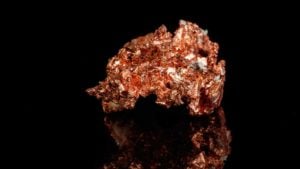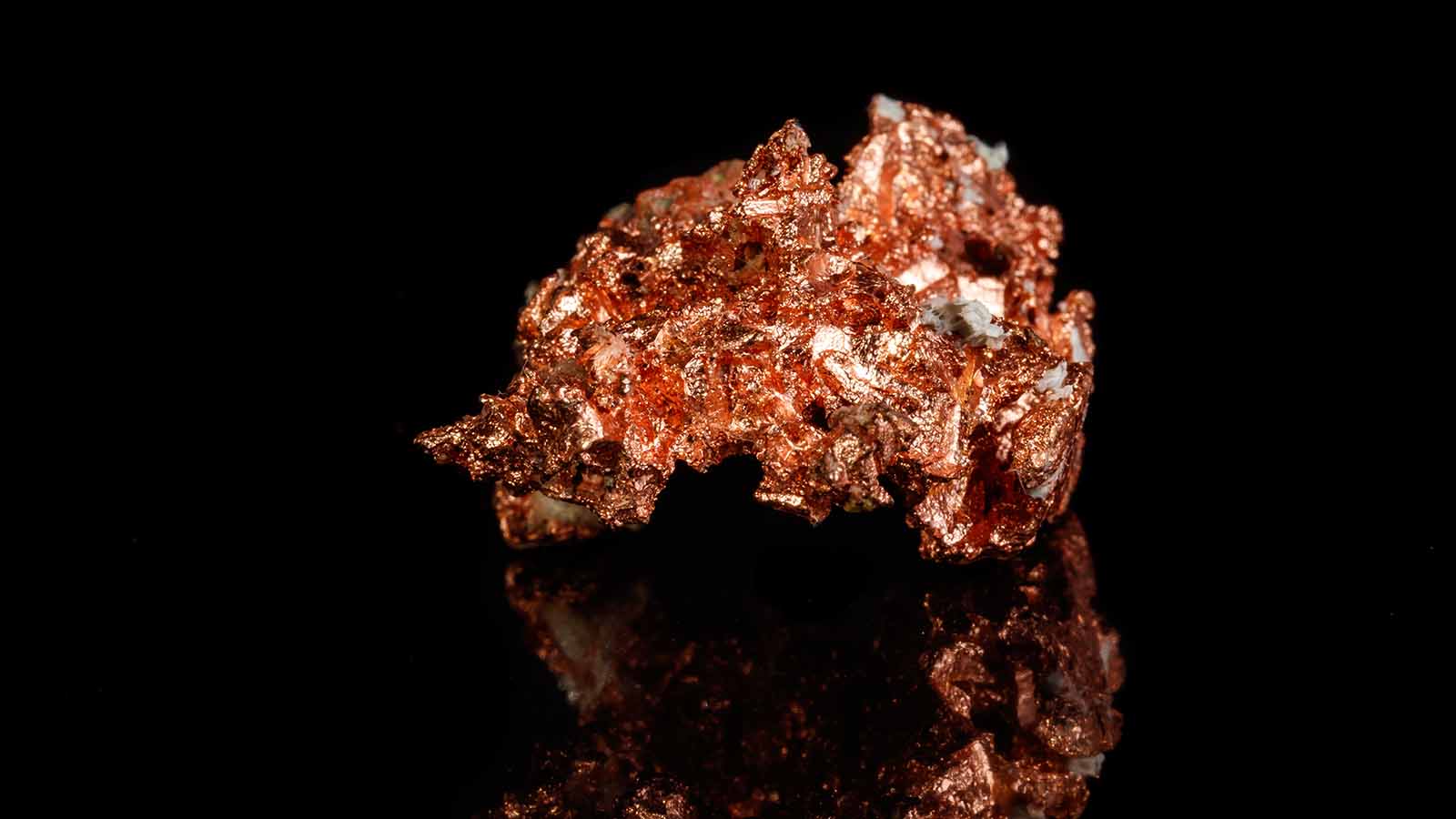In remarks at the United Nations General Assembly on September 22, Chinese President Xi Jinping declared that China would achieve CO2 emissions neutrality by 2060 and that the country’s carbon emissions would peak “before 2030.”

To be sure, China has been enthusiastically pursuing its green-energy ambitions for many years already.
But when President Xi explicitly targeted 2060 as the year of carbon neutrality, he ramped up those ambitions to a whole new level.
2060 might seem like a long way off, but if China is to hit that target, it must begin additional large-scale green-energy initiatives immediately.
For example, the country would need to halt construction of coal-fired power plants, including the 300 gigawatts (GW) of planned projects that are already in the pipeline. Then, to offset this “missing” coal-fired energy, China would need to double its wind and solar capacity to around 500 GW each by 2025, according to one prominent Chinese think tank.
Looking further down the road, the analysts at consultancy Wood Mackenzie estimate that China’s solar, wind, and energy-storage capacities would have to rise by at least 11 times by 2050 if the country is to reach its clean-energy targets.
China’s transition from the world’s biggest polluter to carbon neutrality could require as much as $15 trillion in investment.
A big chunk of this multitrillion-dollar spending spree will find its way into the mining sector. That’s because green energy is also metal-intensive energy.
So for investors, President Xi’s comments may as well have been “buy battery metals.”
The EV Future Has Arrived Already
Wind and solar energy, for example, are up to 37 times more copper-intensive than conventionally generated energy. Electric vehicles (EVs) are also metal-intensive.
Unlike traditional internal combustion vehicles, EVs are essentially batteries on wheels … and batteries are basically just hunks of metal.
The average plug-in EV requires about 200 pounds of copper, which is nearly four times what a midsized internal combustion vehicle requires. Depending on the exact battery chemistry, these vehicles also contain about 50 pounds of nickel, along with meaningful quantities of manganese, aluminum, and/or lithium.
You could say, in effect, that the road to carbon neutrality is paved with batteries.
Importantly, China won’t be venturing into a carbon-neutral future all by itself. Many other countries have established a variety of explicit clean-energy targets that arrive much earlier than 2060.
Within five years, for example, Norway has pledged to halt all new sales of internal combustion vehicles.
By 2030, Germany, India, Ireland, Demark, Sweden, and the Netherlands plan to do the same. The United Kingdom is planning to end internal combustion vehicle sales by 2035, while France and Spain are targeting 2040.
If it isn’t clear already, clean energy has become a massive business worldwide — one that measures itself in the trillions of dollars. That’s why solar stocks have been on a tear for the last couple years … and why stocks like Tesla Inc. (NASDAQ:TSLA) have been soaring far above any “rational” assessment of their values.
By contrast, few mining stocks have been posting huge gains during the last couple of years. But I suspect these laggards will spring to life soon.
Some of them have already.
As a backdoor play on the coincident booms in EVs, renewable energy, and energy storage, select mining stocks will deliver outsized gains during the next few years.

Just as my entry in InvestorPlace’s “10 Best Stocks for 2020” contest — copper miner Freeport McMoRan Inc. (NYSE:FCX) — has done. Since I entered Freeport in that contest about a year ago, it’s up 93%!
Even before China ramped up its clean-energy targets, and before Tesla boosted its sales projections, many mining industry insiders and analysts were predicting off-the-charts demand for various battery metals.
- Bloomberg New Energy Finance (BNEF) had predicted that nickel demand for EV batteries would skyrocket 14 times over by 2030.
- Robert Friedland, founder and CEO of Ivanhoe Mines, which owns the world’s largest undeveloped copper mine, had predicted that total global demand for copper would jump by 900% over the next eight years.
- The World Bank had estimated that production of battery metals would have to increase by nearly 500% by 2050 to meet the growing demand for clean-energy technologies.
- GlobalData, a data and analytics firm, had predicted that global lithium demand would double over the next four years.
Because GlobalData was expecting the yearly production of EVs to surge 273% over the next four years, while battery production soared 330%, it was predicting that global lithium demand would grow from 47,000 tonnes in 2020 to 117,000 tonnes in 2024.

If this robust demand growth for battery metals comes to pass, select mining companies will mint money for years.
I reveal several potential winners in my Investing in my Red, White, and Blue Stocks … for a Six-Figure Payday special report.
Metal Mines From Down Under
China produces about 95% of the world’s rare earth metal supply. As a group, these metals are essential for many advanced technologies, including military applications like weapons systems and high-performance aircraft.
These metals also play a key role in most of the major clean-energy technologies like electric vehicles and wind turbines.
As demand for those technology ramps up across the globe, the world will need sources besides China to “fill the orders,” so to speak.
My battery metal pick is an obvious candidate to provide more rare earth metals because it has already started working on the facilities needed to process the metals.
Remember those military applications for rare earth metals? Well the United States’ reliance on China for these critical metals has long been a source of concern and consternation. But this anxiety did not reach a tipping point until the COVID-19 pandemic struck. Suddenly, many folks in the United States realized that our overreliance on China for rare earths was not merely a theoretical problem, but a real one.
The U.S. Department of Defense finally acted in July 2020. That’s when my pick announced it would begin initial design work for a heavy separation facility in Texas, for which the Pentagon will provide initial funding.
So now this Australian mining company has the U.S. government footing the bill for a processing facility that will support its production of metals necessary for defense and energy technologies.
You can read all about it in my Red, White, and Blue Stocks … for a Six-Figure Payday.
Find out how to get that special report here.
On the date of publication, Eric Fry did not have (either directly or indirectly) any positions in the securities mentioned in this article.
Eric Fry is an award-winning stock picker with numerous “10-bagger” calls — in good markets AND bad. How? By finding potent global megatrends … before they take off. And when it comes to bear markets, you’ll want to have his “blueprint” in hand before stocks go south.
